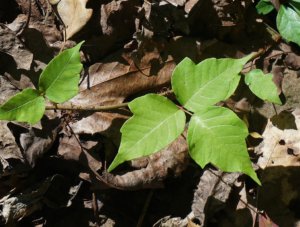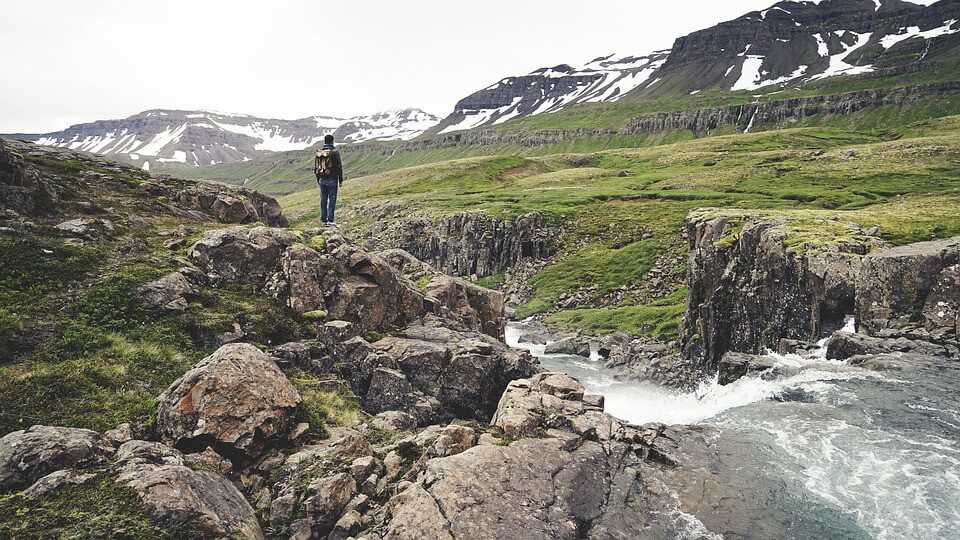 Hiking is arguably one of the most relaxing, enriching activities in outdoor recreation, but like nature itself, it can be dangerous and unpredictable if underestimated. I have extensively covered how this notion applies to wildlife and weather, but plant life should also be handled with a precautionary eye. While most plants are more likely to be benign in nature, others can create a variety of problems, from skin rashes to sickness and even death.
Hiking is arguably one of the most relaxing, enriching activities in outdoor recreation, but like nature itself, it can be dangerous and unpredictable if underestimated. I have extensively covered how this notion applies to wildlife and weather, but plant life should also be handled with a precautionary eye. While most plants are more likely to be benign in nature, others can create a variety of problems, from skin rashes to sickness and even death.
That said, here are a few plants to avoid during your next hike — should you be in an area where they occur.
Poison Ivy/Oak
When it comes to problematic plants, poison ivy and poison oak are two consistent offenders; they can blend easily with other similar plant species and can cause uncomfortable, itchy rashes if they come in contact with your skin. The plants’ classic characteristic is their 3-leaf pattern, which has spawned the old hiking adage, “leaves of three, let ‘em be.” Heed these words, as a poison rash is far from ideal — especially during hikes unfolding over multiple days.
Water Hemlock
While the “poison” in the former plant may not be literal, the water hemlock ranks as one of the deadliest plants in North America thanks to its very real (and very lethal) poison. Generally found in Canada, the plant tends to exhibit white and green flowers that fall around it in an umbrella shape. If you come across a plant even partially fitting this description, do your best to avoid it; it is not worth the risk.
Stinging Nettle
Stinging nettle’s name is telling enough — the plant, when touched, inflicts an unpleasant stinging pain with its cluster of acidic hairs. These bristles create a chemical reaction when disturbed that can cause blisters in extreme cases. Perhaps the worst aspect of the plant is its relatively safe appearance; however, it can be distinguished by its pointed, serrated green leaves, which protrude out to a point.
